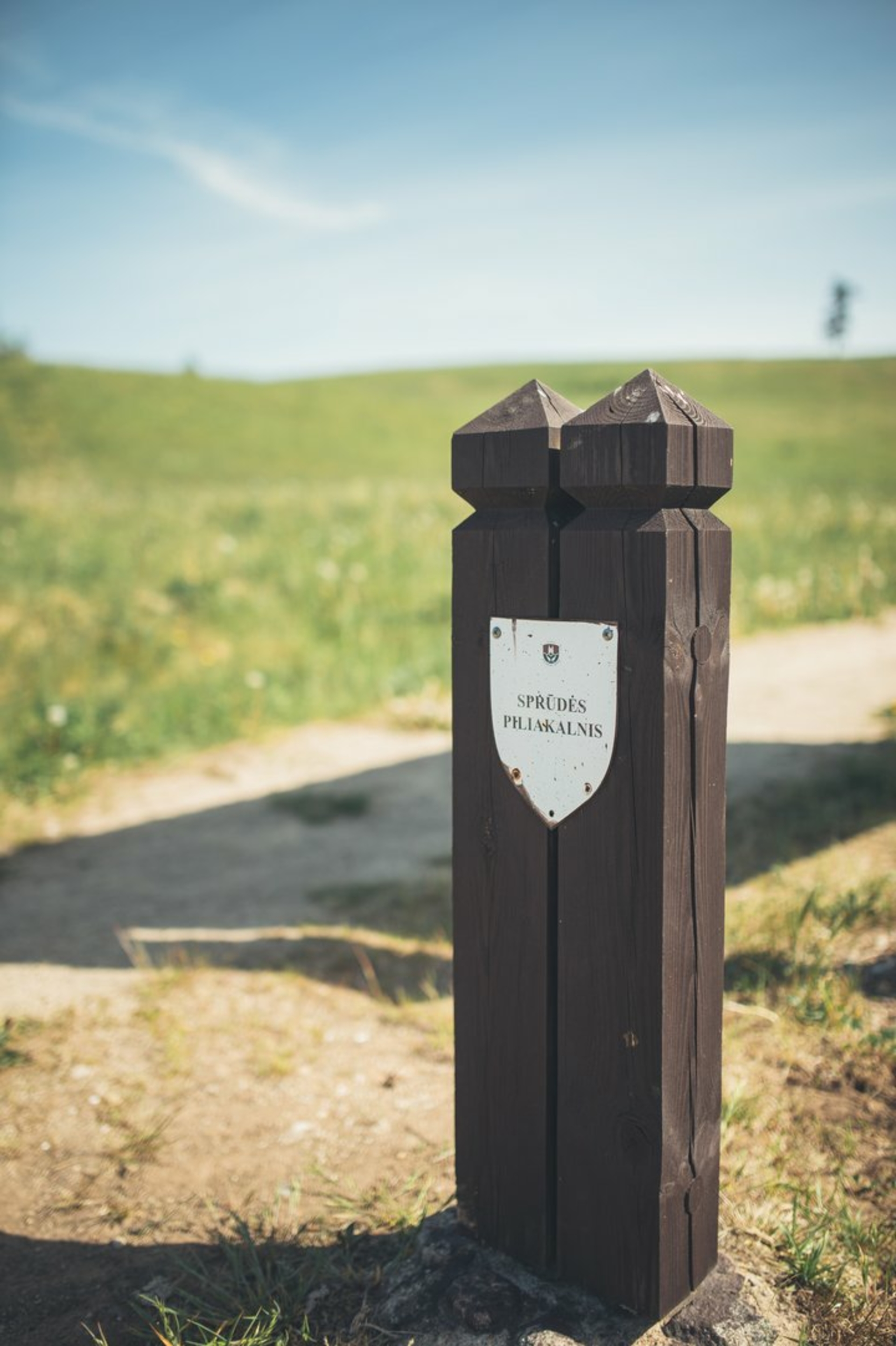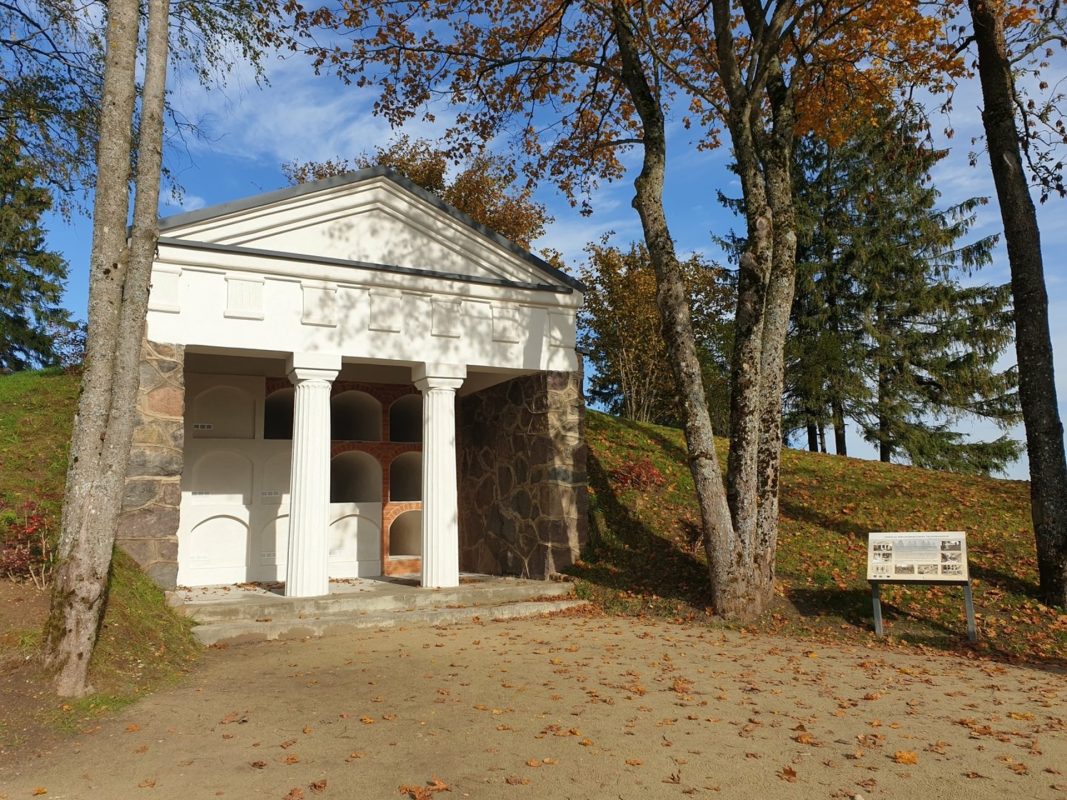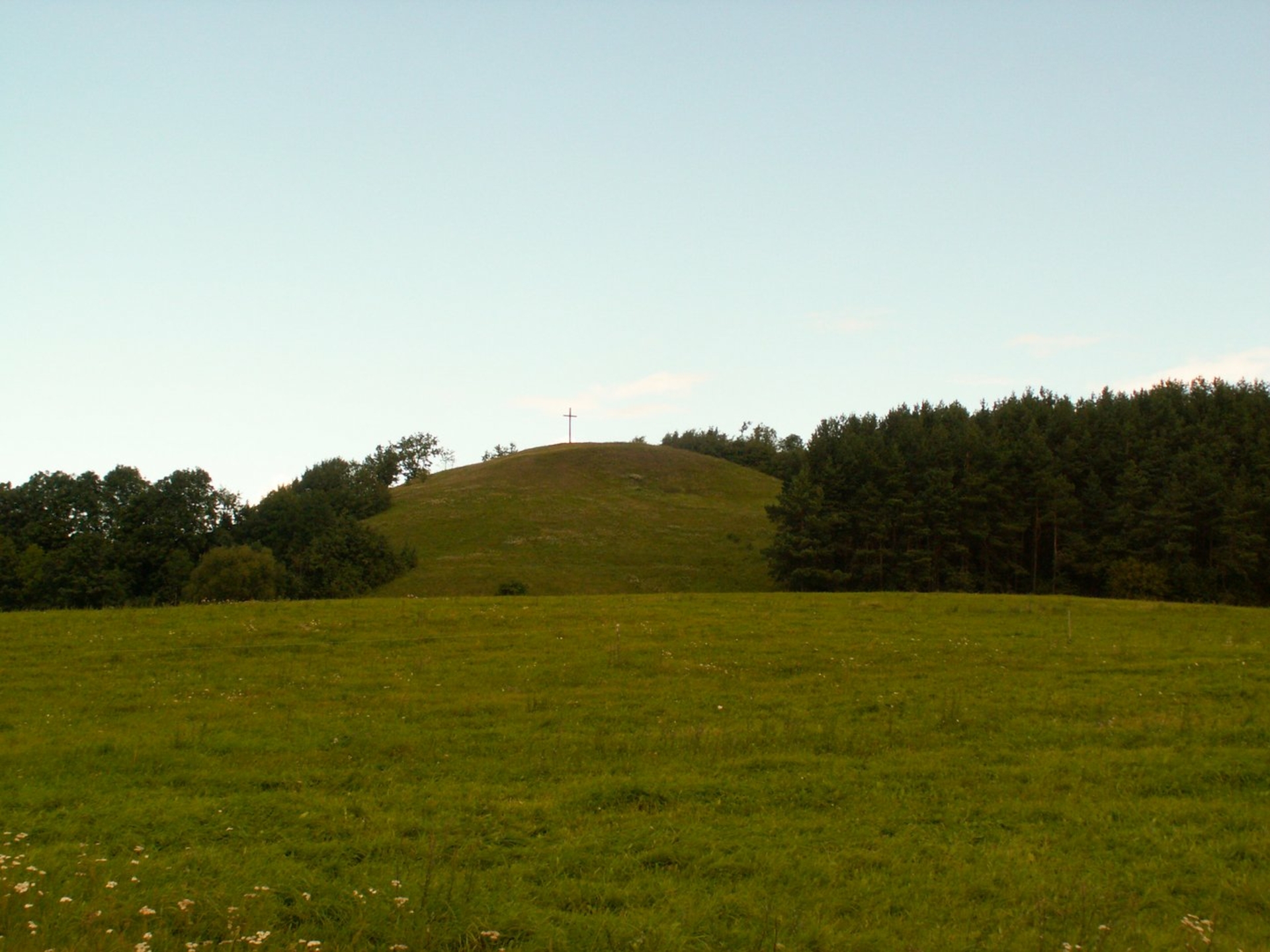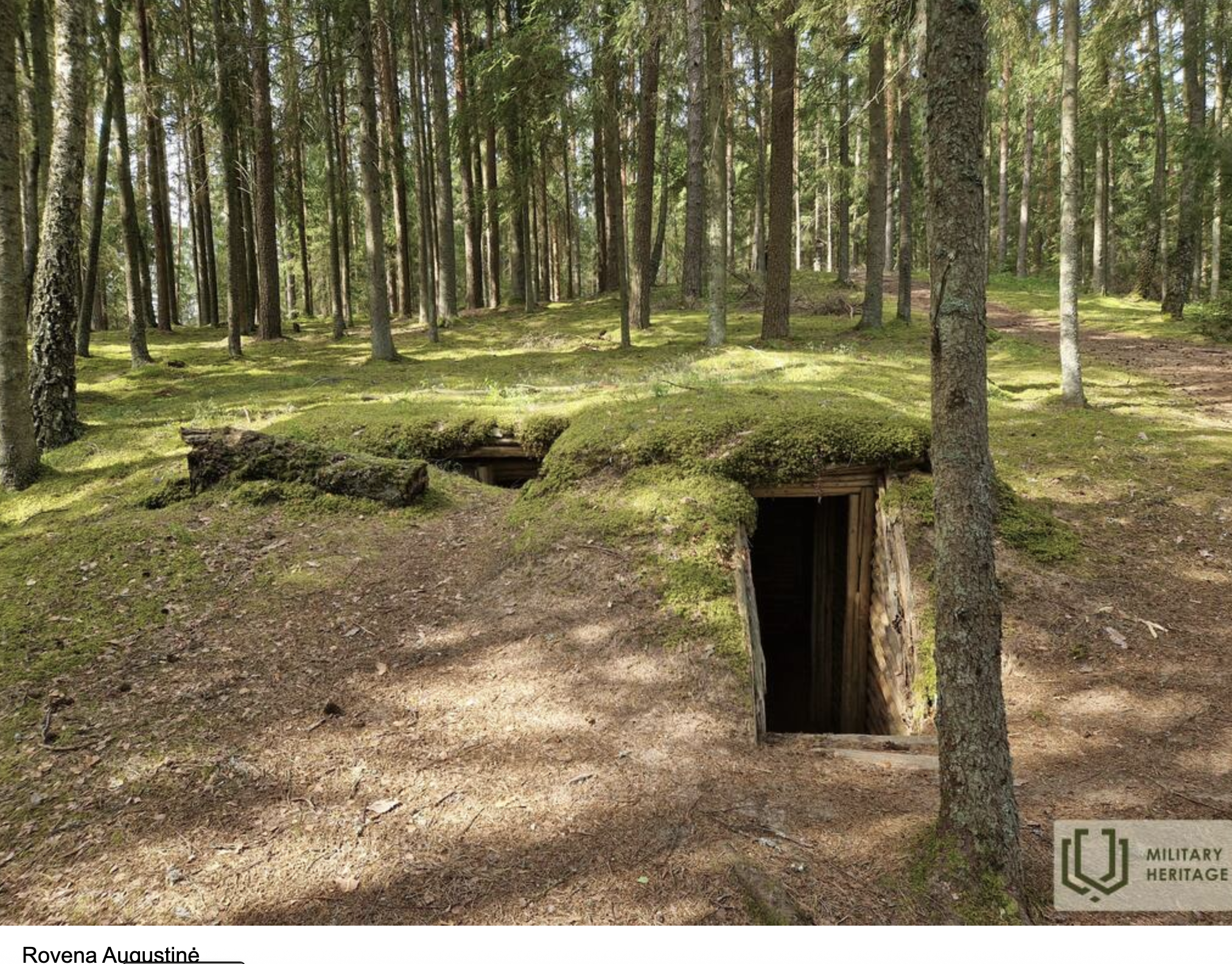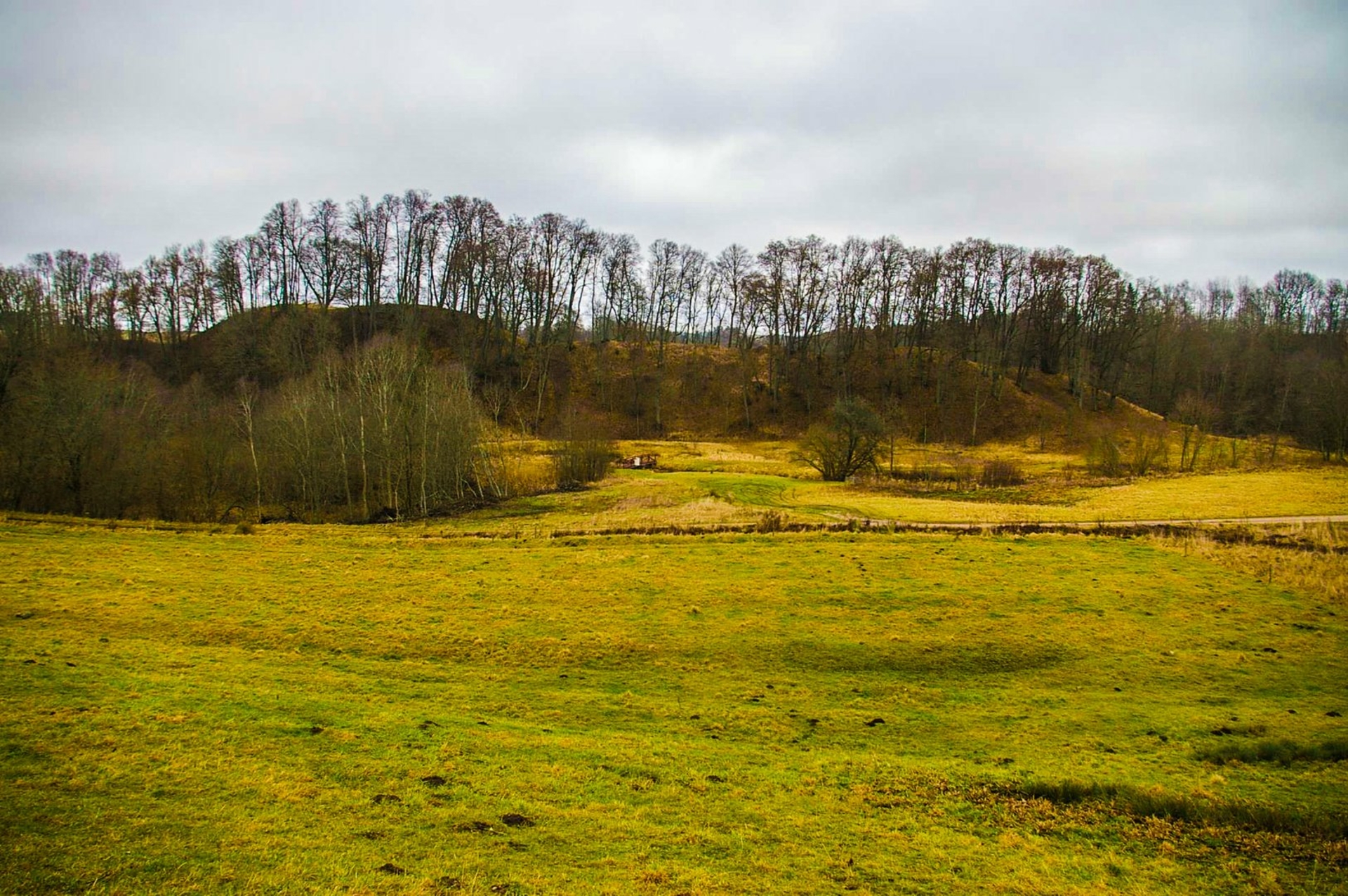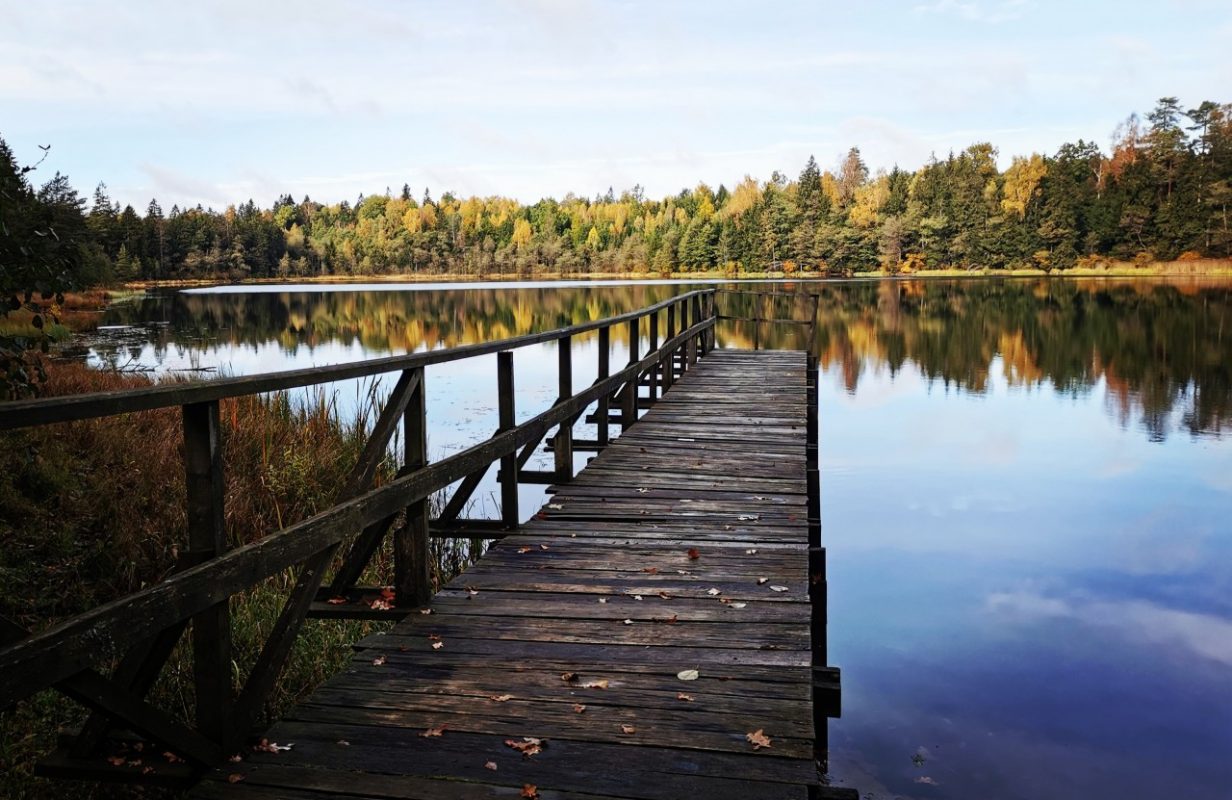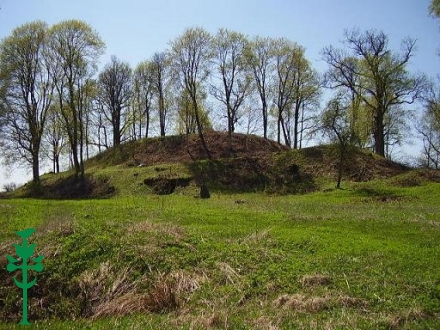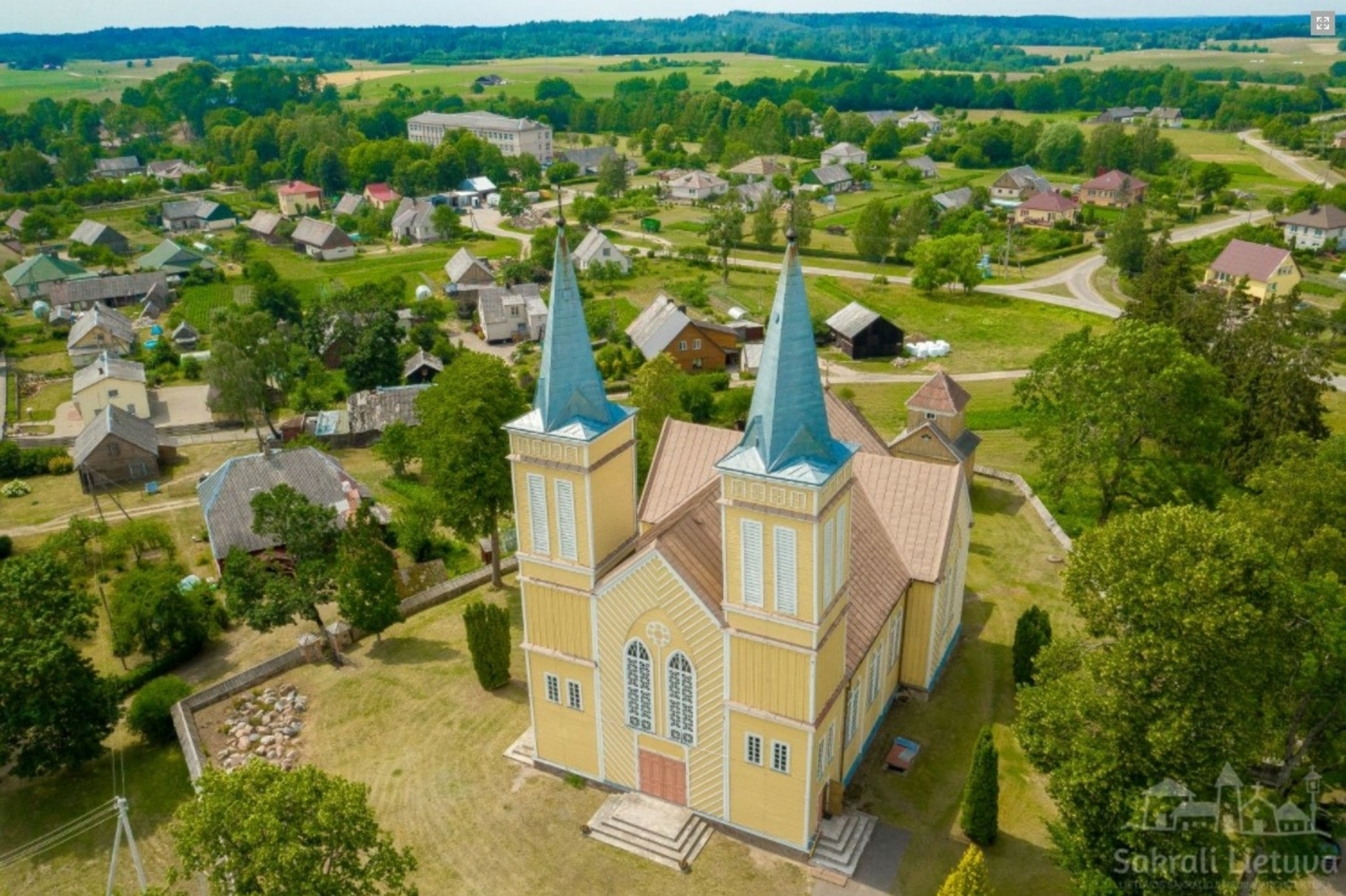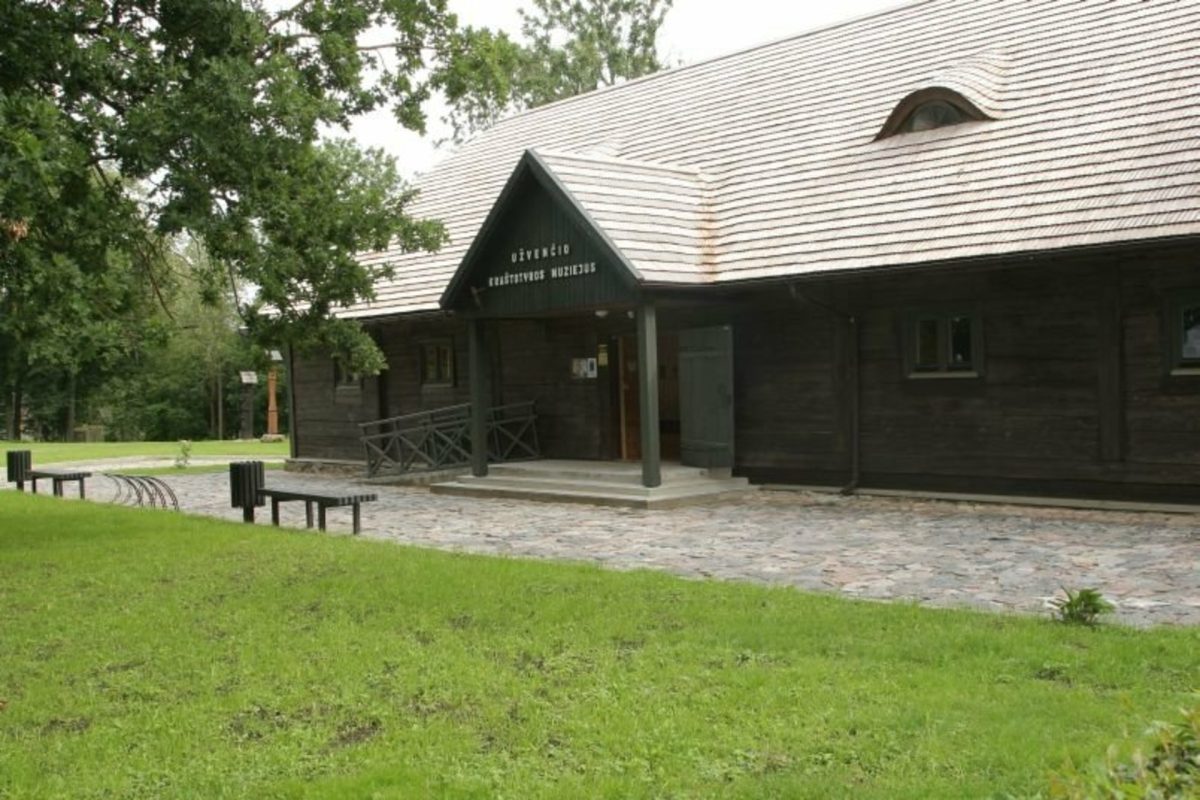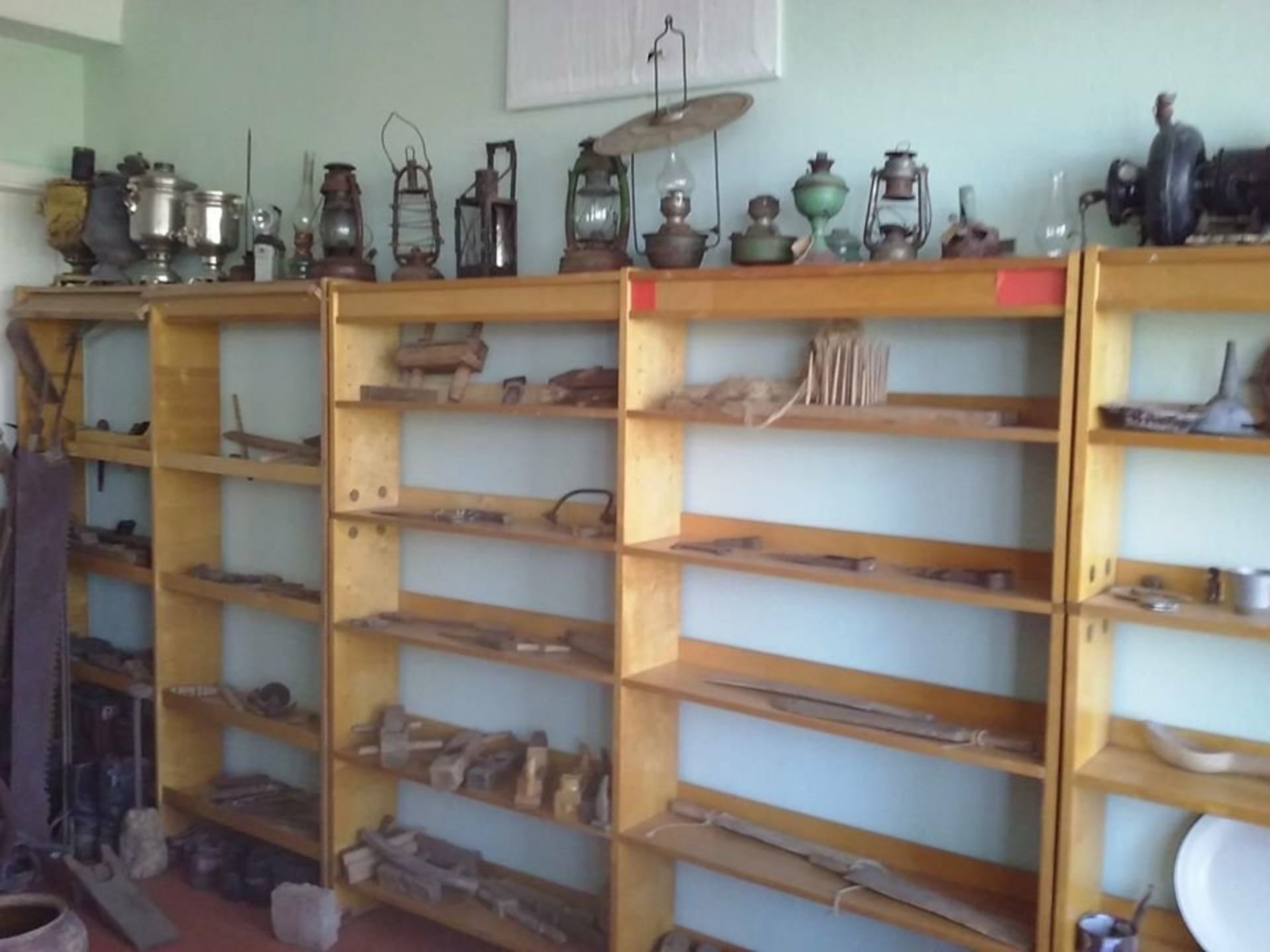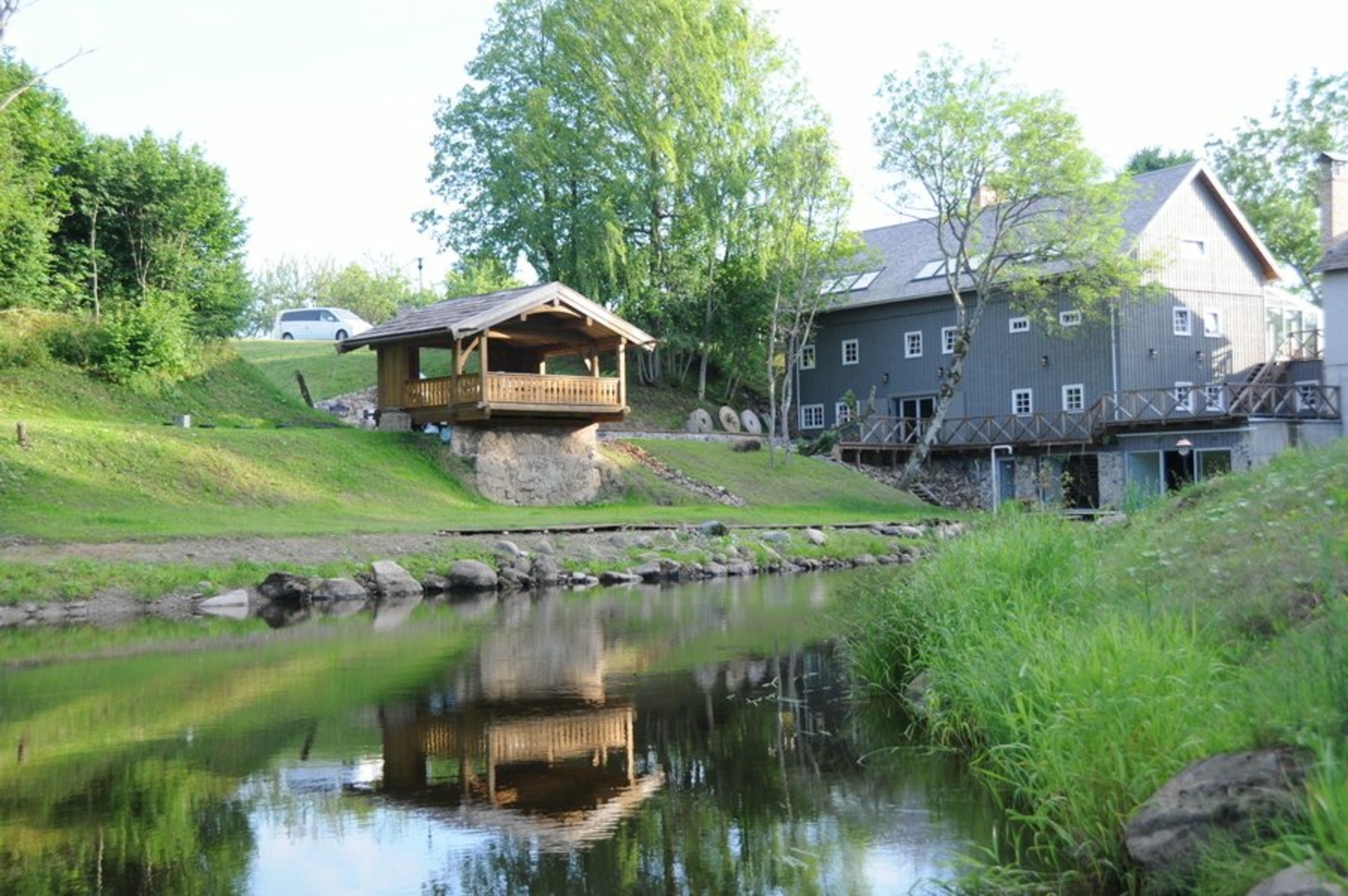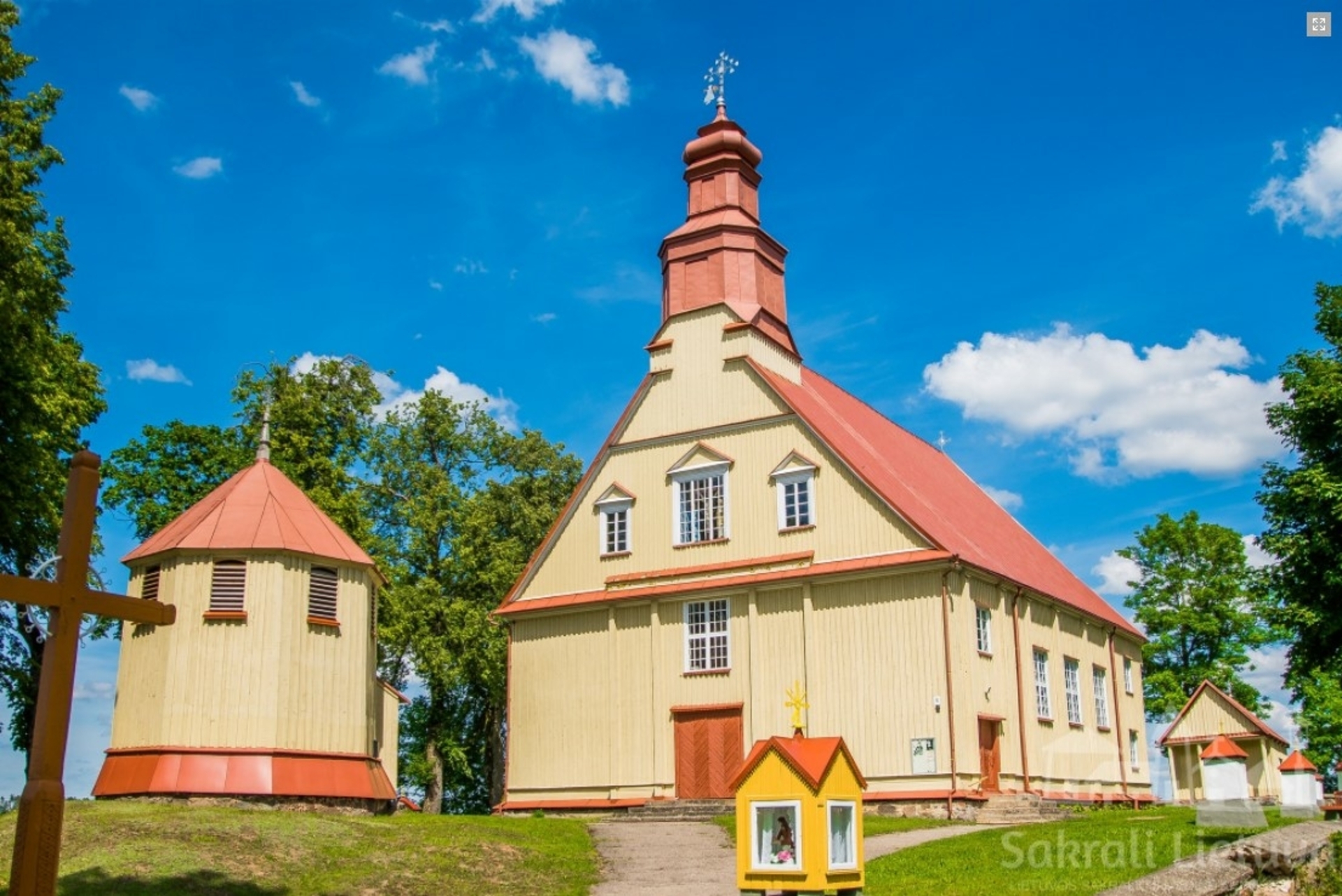Pavandenės St. Anne's Church

231

0

0
The first church in Pavandenė was built in the early 17th century, thanks to the foundation of F. B. Okmianskis. Although the appearance of the old church is not well-documented, it is believed to have remained largely unchanged until the early 19th century, when it was rebuilt due to its deteriorated condition. This reconstruction was initiated by the parish priest Pranciškus Gailevičius, who served in Pavandenė at the time, with resources provided not only by local parishioners but also by the Žemaičių stalininkas Antanas Gedgaudas. During the reconstruction, the old walls up to the windows were preserved, indicating that the church's original plan was maintained. The renovation work was completed in 1802, but by 1820 the roof needed repairs. A visitation report from that time notes that the main altar of the church was dedicated to St. Anne, thus giving the church its name. Major renovations took place in 1912–1913, giving the building its current appearance.
Info
-

Religious Heritage
-
Whats new?
Nearby attractions
Nearest museums

 Entertainment
Entertainment
 Food establishments
Food establishments





























 55.771848, 22.486428
55.771848, 22.486428
 Get directions
Get directions








